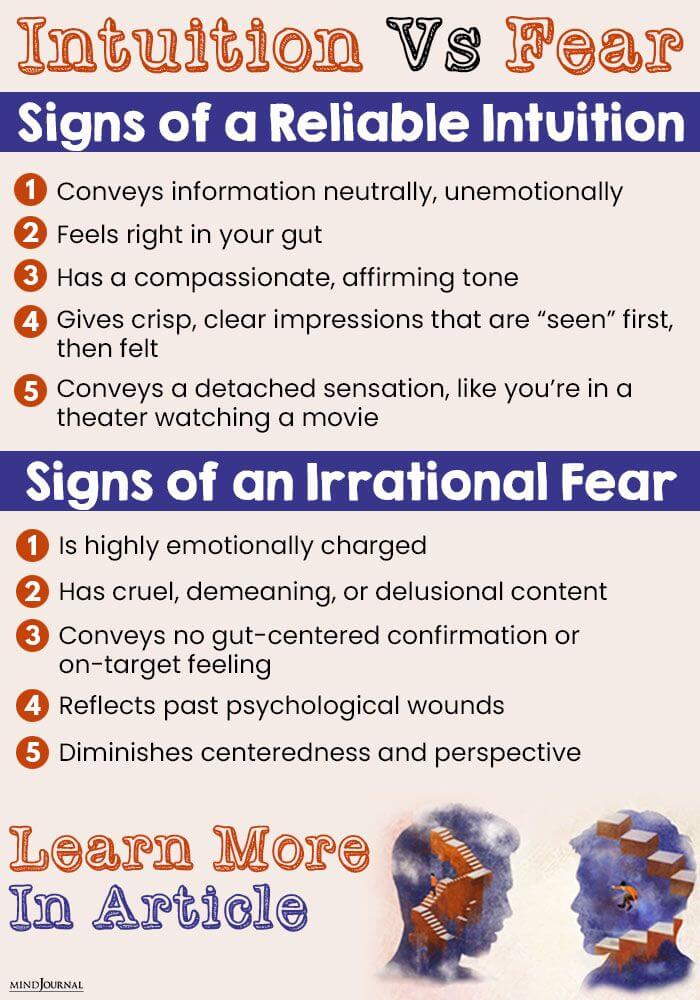Intuition v/s Fear
By KKR

Introduction
How do I know the difference between a decision made by my intuition and a decision made out of fear or insecurity? My intuition is the same as my gut feeling. Going off of intuition means picking up on a weird vibe or feeling without consciously thinking about it and feeling confident in leading with that decision. A decision made out of fear or insecurity can feel like an unknown and rushed decision. Making decisions when fears and insecurities are leading the way can feel like a sensation of panic, worry, frustration, and other feelings that can overwhelm you and have you questioning yourself over and over.
Understanding Intuition
Intuition is subtle, calm, and clear. It often comes as a quiet knowing, a sudden realization, or a sense of alignment that doesn’t require overthinking. It’s like an inner compass guiding us toward the right path. Unlike fear, intuition isn’t loud or anxious; it simply “knows.”
Signs You’re Experiencing Intuition:
A sense of calm certainty, even if it defies logic A sudden insight or “aha” moment A deep inner knowing that feels right, even if it’s unexpected No over analysis—just clarity
Understanding Fear
Fear, on the other hand, is rooted in past experiences, insecurities, or societal conditioning. It often masquerades as intuition by triggering hesitation, self-doubt, or even an overwhelming sense of doom. Fear is loud, anxious, and repetitive, demanding your attention through worst-case scenarios.
Signs You’re Experiencing Fear:
Anxiety, stress, or a racing mindA looping thought pattern that makes you feel stuck Physical symptoms like tension or a tight chestThe urge to avoid, run, or control the situation.
How to Tell the Difference

Conclusion
Understanding the difference between intuition and fear is crucial for making clear, confident decisions in life. Intuition is a calm, deep knowing that guides us toward what feels right, often without logical explanation. It is forward-focused, neutral, and comes as a subtle nudge rather than a loud warning. Fear, on the other hand, is rooted in past experiences, insecurities, or external pressures. It often manifests as anxiety, overthinking, or hesitation, making it difficult to see the best path forward.
By practicing mindfulness, self-awareness, and reflection, we can learn to distinguish between the two. When making a decision, ask yourself:Does this feeling bring clarity and peace (intuition)?Or does it feel restrictive and overwhelming (fear)?Trusting intuition takes practice, but the more we listen to it, the more we align with our true path. While fear can sometimes serve as a protective mechanism, it should not be mistaken for intuitive wisdom. The key is to quiet the noise, listen deeply, and move forward with confidence.
References
Radical Intuition: A Revolutionary Guide to Using Your Inner Power – Kim Chestney Kahneman, D. (2011). Thinking, Fast and Slow. How To Tell The Difference Between Fear And Intuition” by Melody Wilding, Forbes Fear and Intuition in Cooperation and Trust Decisions”
Newsletter
Sign up for After Interval’s newsletter — where powerful insights, mindset shifts, and purposeful opportunities find their way to your inbox.
Copyright © 2025 | After Interval by KKR. All rights reserved.
Website built with heart and intention